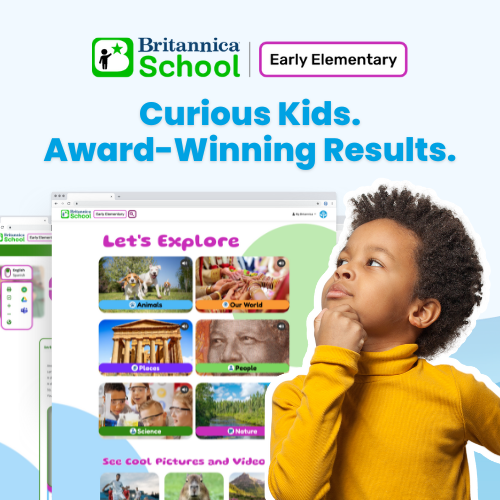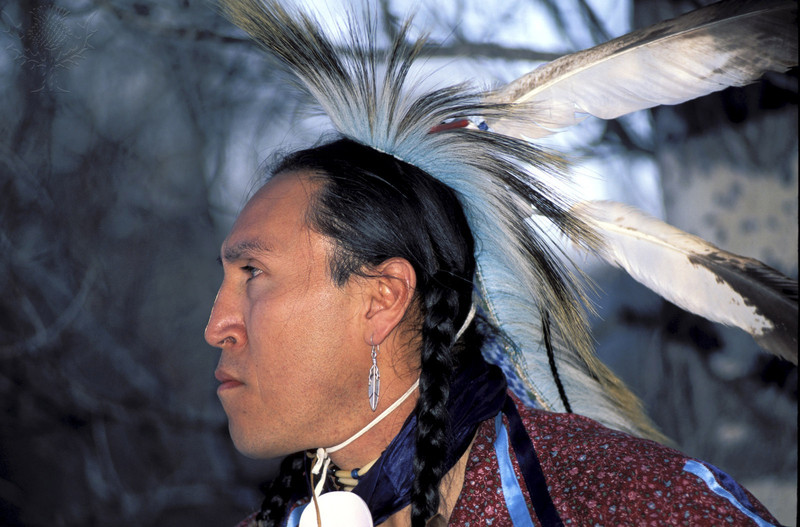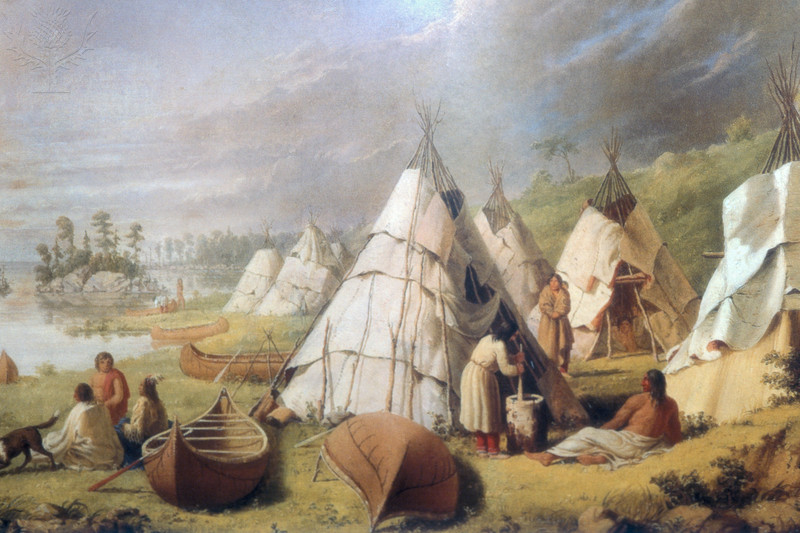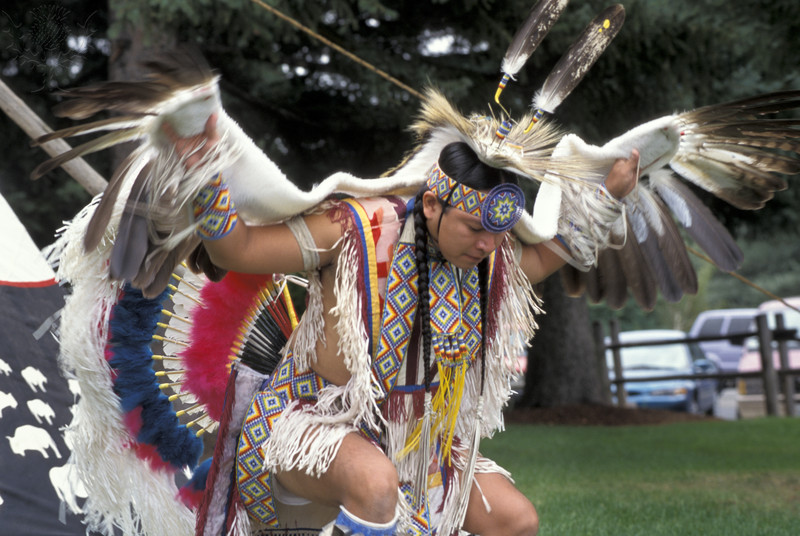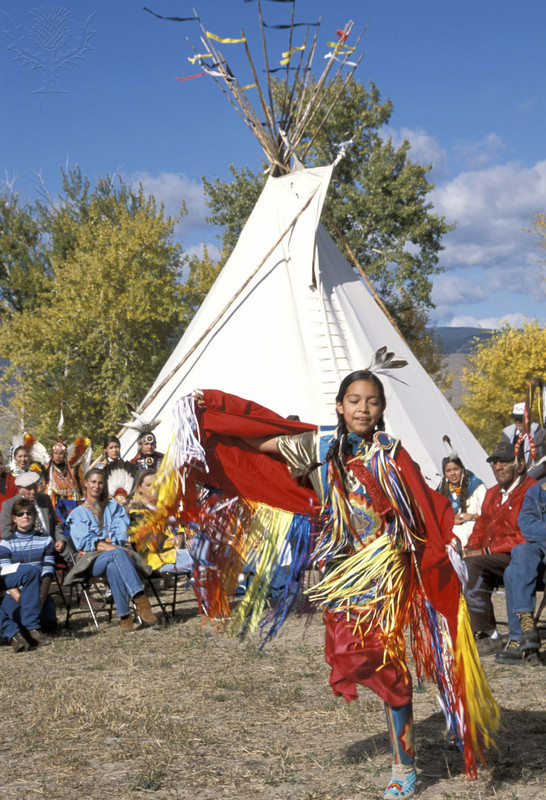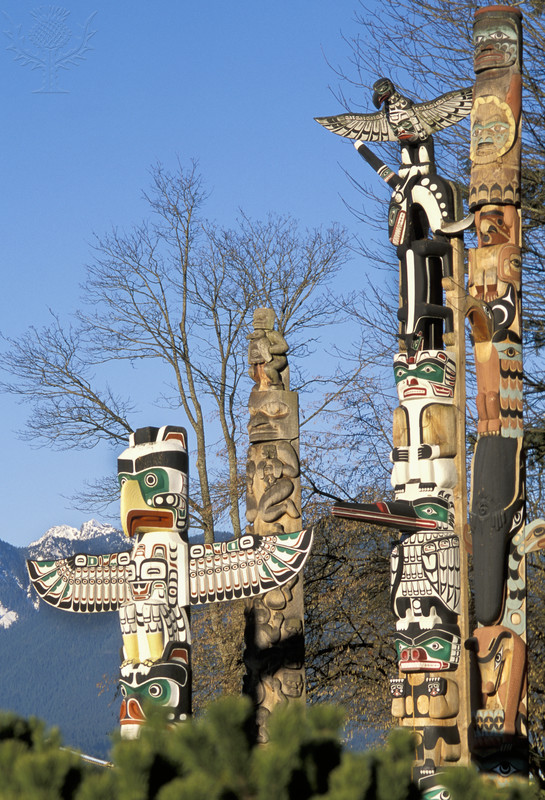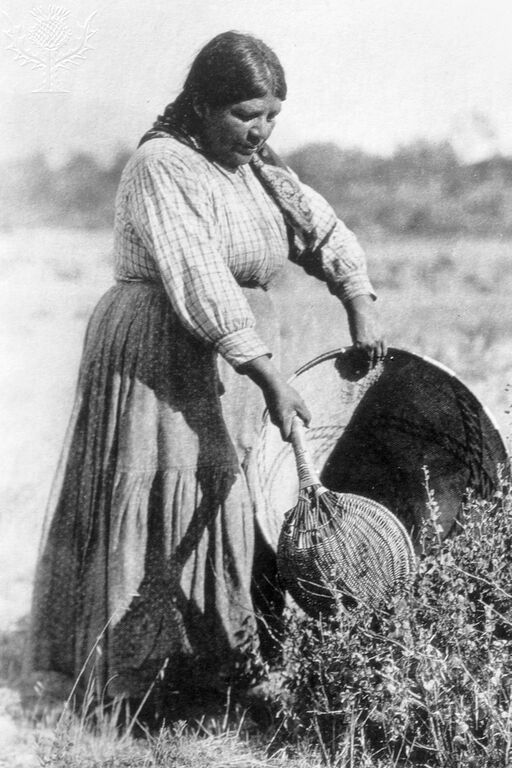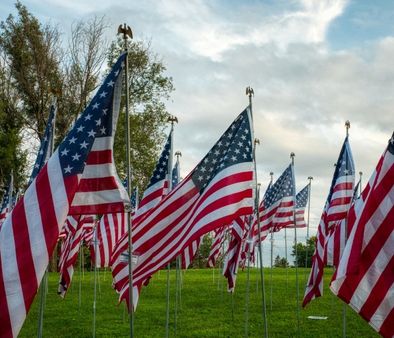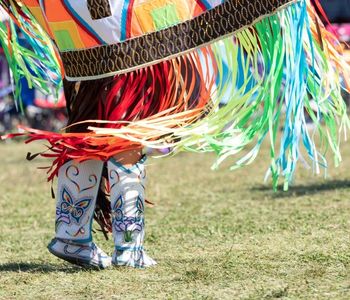
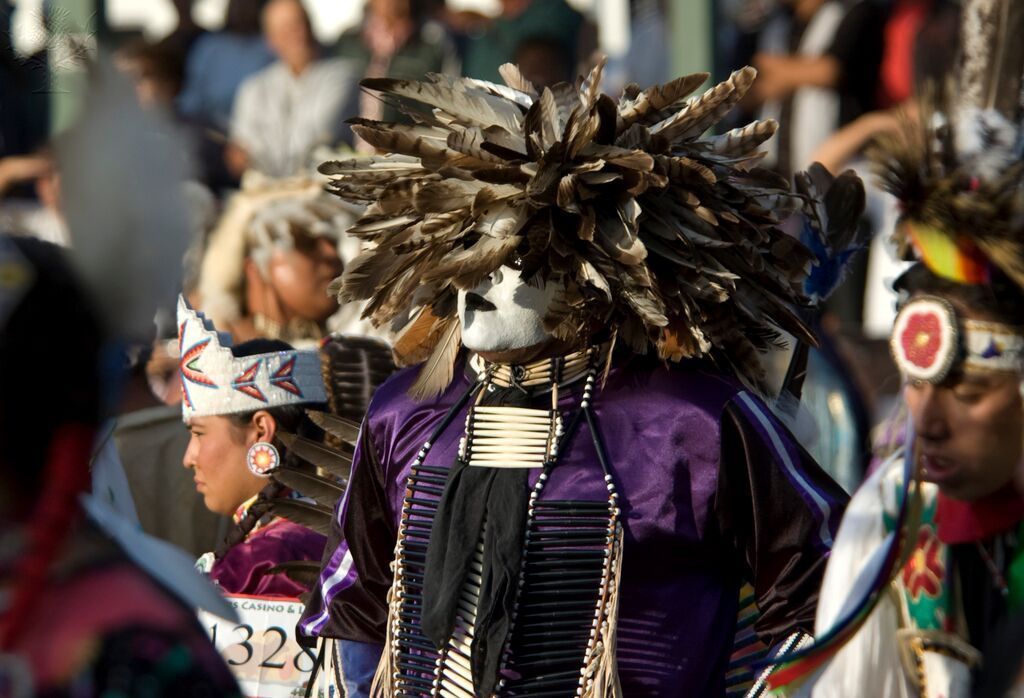
Have you ever experienced history through images that convey more profound stories than words ever could? This Native American Heritage Month, immerse yourself in a vivid tapestry of images that speak volumes. This November, recognizing how Native American history intricately shapes U.S. history and its rich legacy, transform your classroom or library into a vibrant hub of cultural exploration, understanding, and respect. How? Harness the “NativeStock Pictures” collection on ImageQuest and ImageQuest Jr. As the most prominent image and stock footage collection specializing in Native American Indian culture and traditions, curated by the renowned photographer Marilyn Angel Wynn, it boasts thousands of rights-managed stock images and video footage. Dive into in-depth coverage of specific tribes, cultural regions, traditional lifestyles, and more.
Infusing NativeStock Images in Education
Easily integrate these images into your lessons to encourage meaningful connections, to help students learn more about Native American culture, and to better understand the impact of Native people in history to:
Sample Discussion Points
Picture Perfect Classroom & Library Activities
Remember, while these activities are framed around Native American Heritage Month, the learning doesn’t have to stop there. The NativeStock collection is a year-round resource, ready to enrich your curriculum with the rich, often untold stories of Native American history and culture. So, are you ready to embark on this captivating journey?
1. A Picture is Worth a Thousand Words
Kickstart your journey with a visual exploration. Encourage students to select an image from the NativeStock collection that resonates with them. Initiate a ‘Think-Pair-Share’ activity where students describe what they see, what they think about the image, and what it makes them wonder. This exercise isn’t just about observation; it’s about connection, sparking curiosity, and building empathy.
History is best understood when engaged actively! Encourage your students to delve into the past by creating artifacts that echo Native American culture. But here’s the twist: Beyond crafting, students will embark on a research project. They must uncover the historical significance of their chosen artifact, identify the tribe it’s associated with, and understand its contemporary relevance.
To spark inspiration, students might consider recreating artifacts such as pottery adorned with tribe-specific symbols, tools that highlight the ingenious nature of native engineering, or jewelry that showcases the intricate beadwork or feather arrangements of specific tribes. This hands-on activity not only illuminates the past but also bridges it to the present, forming a tangible connection between students and Native American heritage.
3. Voices Through Literature
What better way to understand a culture than through its stories? Assign books or poems by Native American authors and follow up with reflective sessions. Students can express their perspectives through letters, art, or even their own short stories, fostering a deeper understanding of the themes and emotions that resonate within Native American literature.
4. The Big Questions
Critical thinking comes to the forefront with project-based learning. Pose complex, open-ended questions about historical events, cultural differences, or current issues facing Native American communities. Students can present their research through visual essays, documentaries, or presentations, integrating NativeStock images to add depth and context to their narratives.
Teaching Native American History Responsibly
While images offer a gateway to understanding, it’s essential to approach them with sensitivity and accuracy. Here are some guidelines to ensure respectful and informed teaching.
Precision in Language: Words are powerful; they can shape perceptions and narratives. Educate students on the appropriate terminology when referring to Native American tribes and cultures. Dispel myths and stereotypes by avoiding generalizations and instead, focusing on the diverse and rich cultural identities of each tribe. Resources like the Native Governance Center’s collection of terms can be instrumental in this educational journey.
Respectful Representation: Every image tells a story, and it’s our responsibility to ensure these stories are told truthfully and respectfully. Use the NativeStock images to educate, not just illustrate, and always in a manner that honors the depicted individuals’ dignity and the sacred aspects of their cultures.
Celebrating Diversity: Native American history is not a monolithic narrative. Encourage discussions that explore the unique cultures, languages, and experiences of different tribes. This approach not only enriches the learning experience but also fosters a deeper understanding and appreciation of Native American heritage.
Fostering Connections: Learning becomes more impactful when students can relate it to their own lives. Encourage them to draw parallels between the historical and cultural insights they gain and their own community experiences. This personal approach deepens understanding and solidifies learning.
Accuracy and Specificity: Generalizations can lead to misconceptions. Ensure students learn about specific tribes, their histories, and notable individuals. This specificity brings authenticity to their understanding and helps dispel common stereotypes.
Local Focus: Extend learning beyond the classroom by connecting with local Native American communities. Explore their histories, contributions, and current experiences. Collaborate with local organizations, museums, or tribal councils to provide students with a more immersive and authentic learning experience.
With your ImageQuest and ImageQuest Jr. subscription, you have instant access to thousands of images from the NativeStock Collection.
Please note, you must be logged in to access the link.
Not a subscriber? Contact us to discover the benefits of subscribing to ImageQuest and ImageQuest Jr. for an enriching educational experience.

About the Author
Emily Campchero
Social Studies Lead Subject Matter Expert
Emily began her career working in Title I schools, specializing in gifted, MLL, and bilingual education. She has led teams to create content and curriculum at the Positive Psychology Center at the University of Pennsylvania and Teachers College–Columbia University as well as for public school systems such as the New York City and Florida departments of education and the Texas Education Agency. Emily holds a master’s degree in Curriculum and Instruction from Teachers College–Columbia University and a bachelor’s of science in International Trade and Marketing, with minors in Economics and Latin American Studies, from the Fashion Institute of Technology.







